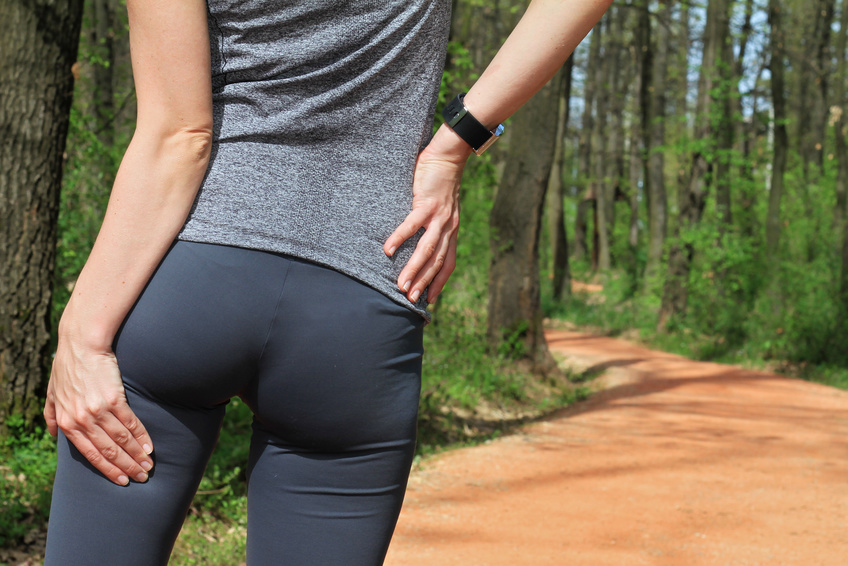With the start of fall sports right around the corner, effective injury prevention techniques are crucial for all athletes. Hamstring strains, in particular, are a common injury to athletes, especially during football and soccer events.
You are at risk for hamstring injury if you have:
- Poor hamstring strength
- Poor balance between quadriceps strength and hamstring strength
- History of hamstring strains (Lee et al., 2018)
Findings of recent research studies, primarily performed on soccer players, suggests that eccentric strengthening of the hamstrings is an effective technique to reduce the risk of muscle strain injury (Attar et al., 2017; Shadle & Cacolice, 2017).
What is the eccentric phase of a muscle?
Muscle activity is divided into two phases: the concentric phase and eccentric phase. The concentric phase is when your muscle fibers are squeezing together to move a load while the eccentric phase is when your muscle is being actively stretched to control a load. If you imagine yourself holding a heavy dumbbell and performing a biceps curl, the concentric phase is when you are squeezing your biceps muscle to bend your elbow and bring the dumbbell towards your chest. The eccentric phase is when you are straightening your elbow out and controlling the movement of the dumbbell back towards your hips.
Muscle strains often occur during the eccentric phase when a muscle in unable to control a force while the muscle is being lengthened. The Nordic Hamstring Exercise, in particular, is a popular eccentric strengthening exercise for the hamstring muscles. Research findings support its effectiveness (Attar et al., 2017; Shadle & Cacolice, 2017). Implementing this exercise into your workout program may help reduce your risk for hamstring strain injury.
How to perform the Nordic Hamstring Exercise
- Kneel on a soft foam mat. Have your exercise partner sit behind you and hold your heels toward the floor during the exercise.
- To prevent low back stress during the exercise, slightly hinge at your hips and keep your gluteal muscles squeezed as if you are trying to hold a piece of paper between your gluteal muscles.
- With your arms out in front of you to catch yourself, slowly straighten your knees as you try to fall towards the ground as slowly as possible. Once you feel as if your legs can’t hold you up, let your arms catch you in a push-up type motion.
- Return to starting position and complete about 10 repetitions. As you become stronger, you will notice that you will be able to control your fall longer.
References:
Attar, W. A., Soomro, N., Sinclair, P., Pappas, E., & Sanders, R. (2017). Effect of injury prevention programs that include the Nordic hamstring exercise on hamstring injury rates in soccer players: A systematic review and meta-analysis. Journal of Science and Medicine in Sport, 20. doi:10.1016/j.jsams.2017.01.124
Lee, J. W., Mok, K., Chan, H. C., Yung, P. S., & Chan, K. (2018). Eccentric hamstring strength deficit and poor hamstring-to-quadriceps ratio are risk factors for hamstring strain injury in football: A prospective study of 146 professional players. Journal of Science and Medicine in Sport, 21(8), 789-793. doi:10.1016/j.jsams.2017.11.017
Shadle, I. B., & Cacolice, P. A. (2017). Eccentric Exercises Reduce Hamstring Strains in Elite Adult Male Soccer Players: A Critically Appraised Topic. Journal of Sport Rehabilitation, 26(6), 573-577. doi:10.1123/jsr.2015-0196

